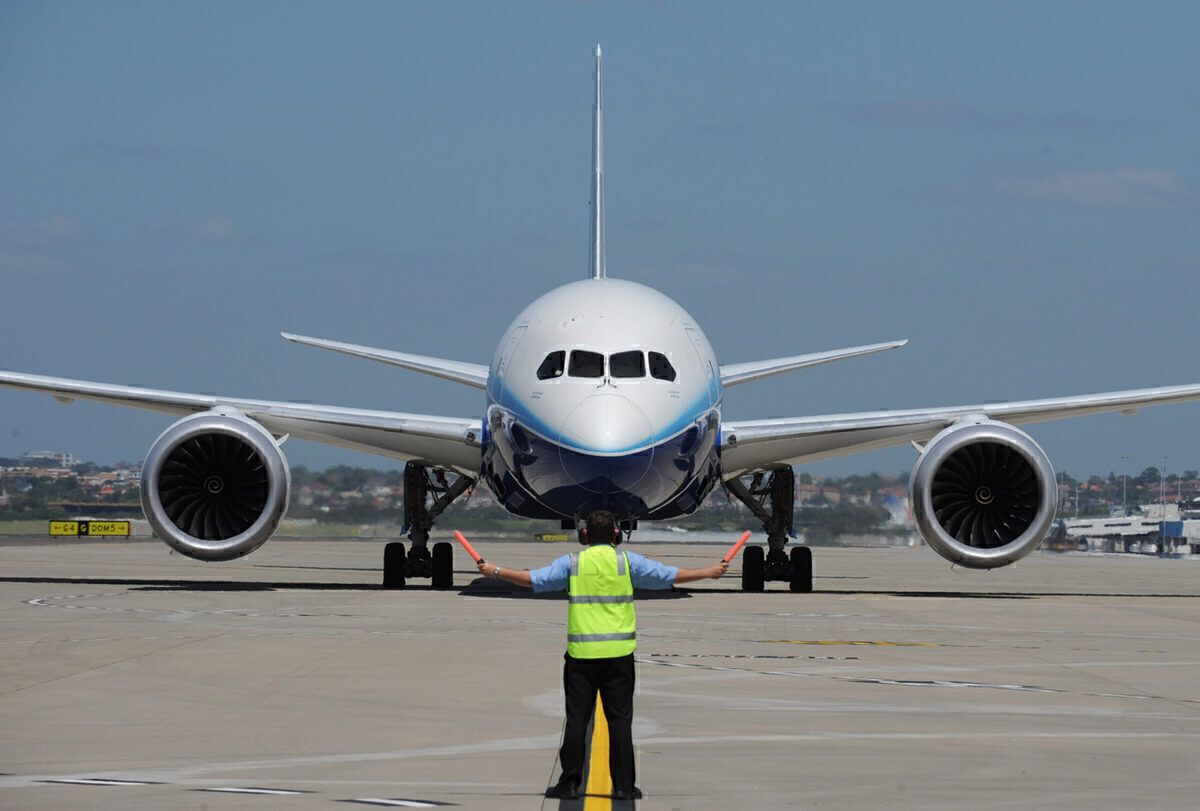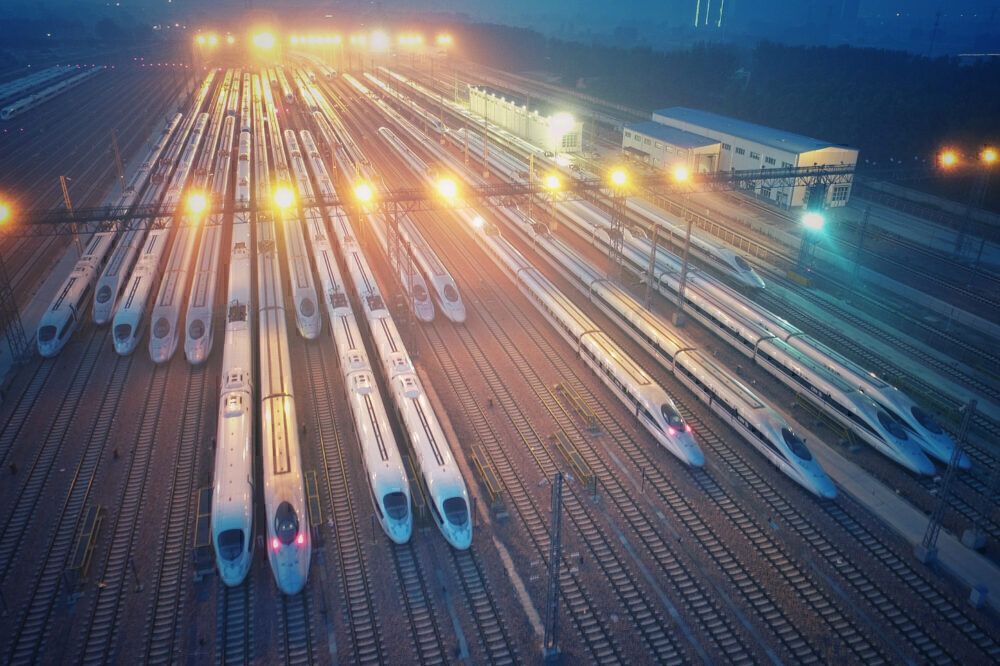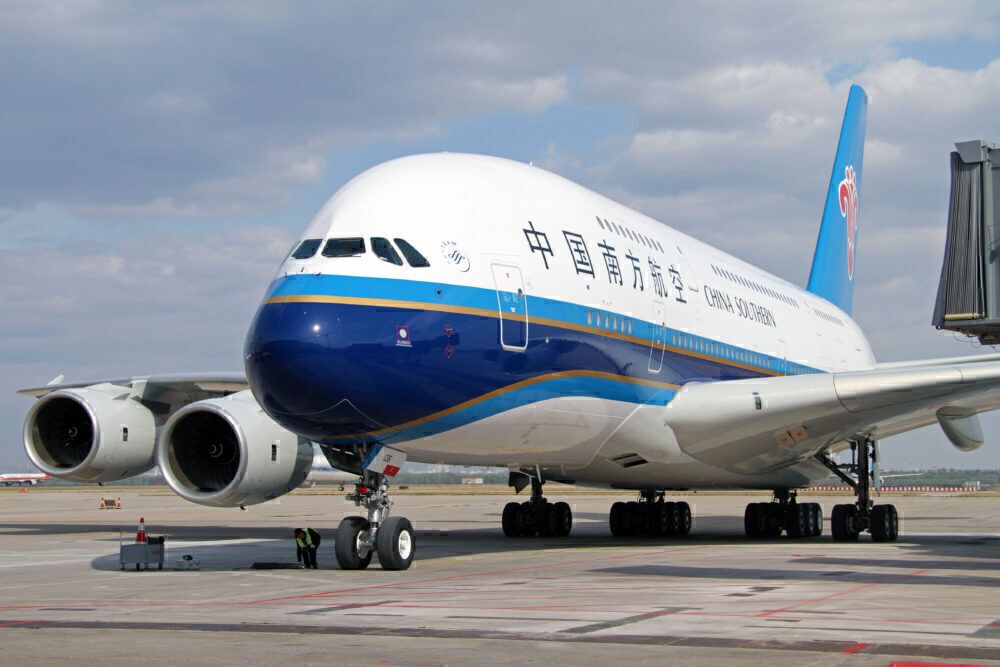Rail, in particular, high-speed rail, has emerged as some serious competition to air travel in some markets. In Europe, significant resources are going into bolstering rail networks and infrastructure as people look for alternatives to flying. In China, there are now around 38,000 kilometers of high-speed rail. That's fundamentally altering how people get around and presents a long-term threat to China's domestic aviation market.
High-speed rail can tick all the boxes
High-speed rail on short to medium-haul runs can tick all the boxes. It's faster than regular rail but cheaper than air travel. Being a relatively recent phenomenon, high-speed rolling stock modern, comfortable, and environmentally friendly to ride. There's a lot to like.
That's unless you're an airline in China, which has the world's biggest high-speed rail network. At an OAG webinar earlier this week, it was argued the growth of high-speed rail networks across China would, and is, eating away at domestic airline services. That's one reason why China's big airlines need to focus on restoring their international flying.
A recent research paper titled "Impact of High-Speed Rail on China’s Big Three Airlines" says about 80% of China's domestic aviation routes will be overlapped by high-speed rail by 2025. Passenger numbers on China's high-speed rail networks have grown around 30% annually since 2008.
The study found high-speed rail poses the biggest threat to domestic air routes of between 400km and 800km, and travel time was between two and three hours. Any longer, and air travel becomes the more viable option. Any shorter, it's just as easy (and cheaper) to hop on a regular train.
Stay informed: Sign up for our daily aviation news digest.
The denser a route, the less impact high-speed rail has
The distance between China's big eastern cities of Shanghai and Guangzhou and Shanghai and Beijing exceeds the optimum distance for high-speed rail. But these city pairs are also some of the most heavily trafficked airline routes in China. The study found the denser the route, the less dramatic the impact of high-speed rail. Where high-speed rail most makes its presence felt is on traditionally thin short to medium-haul airline routes.
Another study last year, Competition Between High-Speed Trains and Air Travel in China, found the top city pairs for high-speed rail in China were Shanghai-Nanjing, Guangzhou-Changsha, Beijing-Jinan, Wuhan-Guangzhou, and Beijing-Nanjing. On the busiest route, between Shanghai-Nanjing, some 220 high-speed trains sped between the two cities each day.
"We have found that the introduction of parallel high-speed rail services has a strong negative impact on the air transport demand in China, and the air passenger demand becomes much more elastic after the entry of high-speed rail," said researchers from the first study.
"Airlines must improve operating efficiencies and lower costs in order to offer competitive ticket prices to attract passengers."
What domestic air routes in China are under threat from high-speed rail?
Most under threat were domestic airline services on thinner routes and short-haul routes. The researchers note the cancelation of all flights between Zhengzhou and Xi’an by the airlines within two months of opening a high-speed rail link in 2010. High-speed rail also does well where services are frequent. The less frequent the service, the better-positioned airlines are to sustain a route profitably.
Overall, the research into the impact of high-speed rail on China's domestic airline market suggests some significant shifts. High-speed rail is user friendly and popular. That suggests the long-term vibrancy of China's domestic airline market is under threat. It also points to a fundamental shakeup of the Chinese domestic airline industry in the future and a new look at how those airlines operate.



